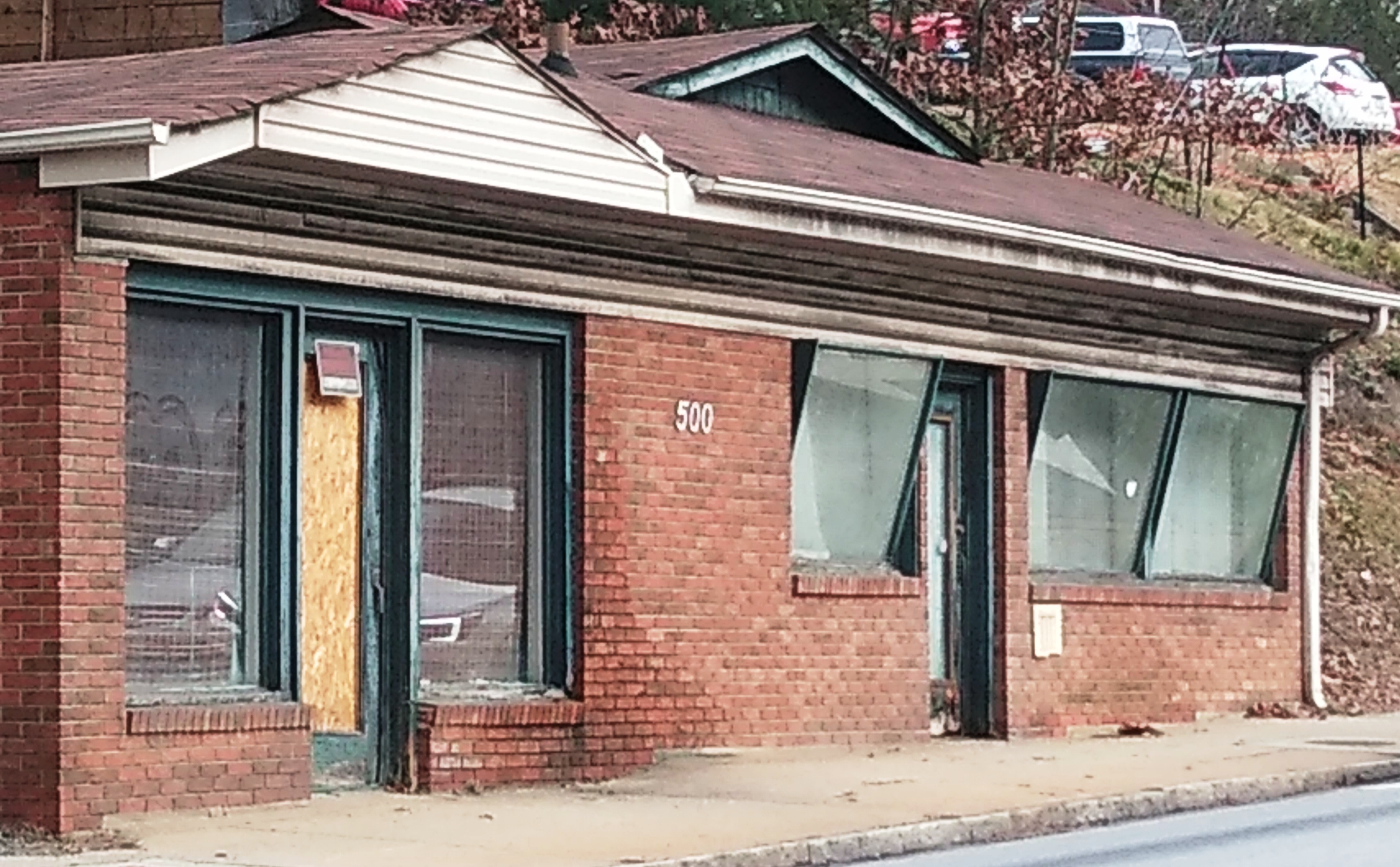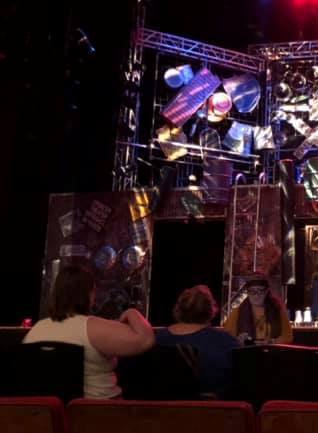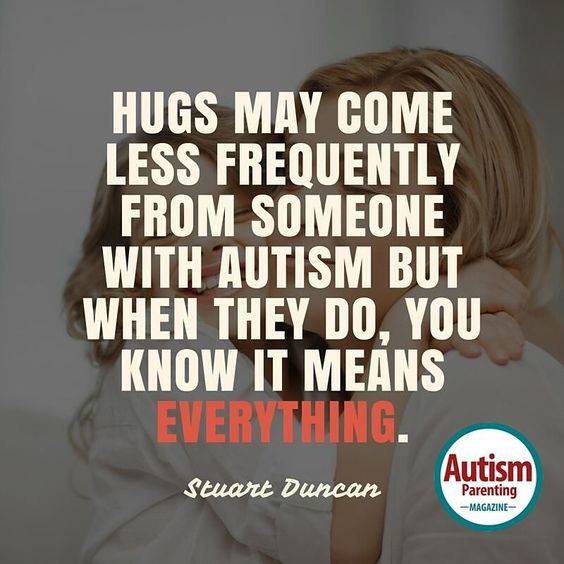Michele Huggins shared this, which does an excellent job explaining the “why’ and worth knowing about PREVENTING this getting further:
“For those that still do not understand social distancing. This is as simple as it gets:
So much confusion, misinformation and denial is bouncing around on social media about the coronavirus this is in plain language, why the experts see this as such an emergency.
 You will see the claim online that this virus is a lot like the viruses that cause colds, and that if you get it, it will probably just seem like a bad cold and you are very unlikely to die. Depending on who you are, these statements are probably true. But they are incomplete, and the missing information is the key to understanding the problem.
You will see the claim online that this virus is a lot like the viruses that cause colds, and that if you get it, it will probably just seem like a bad cold and you are very unlikely to die. Depending on who you are, these statements are probably true. But they are incomplete, and the missing information is the key to understanding the problem.
This is a coronavirus that is new to the human population, jumping into people late last year from some kind of animal, probably at a wildlife market in Wuhan, China. It is related to the viruses that cause colds, and acts a lot like them in many ways. It is very easy to transmit through the respiratory droplets that all of us give off. But nobody has ever been exposed to this before, which means nobody has any immunity to it.
The virus is now moving explosively through the human population. While most people will recover, about 20 percent of the people who catch it will wind up with a serious disease. They will get pneumonia that causes shortness of breath, and they may need hospitalization.
Some of those people will get so sick that they cannot be saved and will die of the pneumonia. The overall death rate for people who develop symptoms seems to be 2 or 3 percent. Once we have enough testing to find out how many people caught the virus but did not develop symptoms, that might come down to about 1 percent, optimistically.
This is a large number. It is at least 10 times higher than the mortality rate for the seasonal flu, for instance, which in some years kills 60,000 or 70,000 Americans. So just on that math, we could be looking at 600,000 or 700,000 dead in the United States. But it gets worse.
Older people with existing health problems are much more vulnerable, on average. The mortality rate of coronavirus among people over age 80 may be 15 or 20 percent. It appears to have 7 or 8 percent mortality for people aged 70 to 79. Here is the terrible part: If you are a healthy younger person, you can catch the virus and, without developing serious symptoms yourself, you can pass it along to older people. In other words, as the virus spreads, it is going to be very easy to go out and catch it, give it to your grandmother and kill her, even though you will not die yourself. You can catch it by touching a door knob or an elevator button.
 Scientists measure the spread of an epidemic by a number called R0, or “R naught.” That number is calculated this way: for every person who develops the illness, how many other people do they give it to before they are cured (or dead) and no longer infectious? The R0 for coronavirus, in the absence of a control strategy, appears to be a number close to 3 – maybe a bit higher or lower, but in that ballpark. This is an extremely frightening number for such a deadly disease.
Scientists measure the spread of an epidemic by a number called R0, or “R naught.” That number is calculated this way: for every person who develops the illness, how many other people do they give it to before they are cured (or dead) and no longer infectious? The R0 for coronavirus, in the absence of a control strategy, appears to be a number close to 3 – maybe a bit higher or lower, but in that ballpark. This is an extremely frightening number for such a deadly disease.
Suppose you catch the virus. You will give it to 3 other people, and they will each give it to three others, and so forth. Here is how the math works, where you, the “index case,” are the first line:
1
3
9
27
81
243
729
2,187
6,561
19,683
59,046
177,147
531,441
1,594,323
4,782,969
14,348,907
So, in just 15 steps of transmission, the virus has gone from just one index case to 14.3 million other people. Those 15 steps might take only a few weeks. The index person may be young and healthy, but many of those 14 million people will be old and sick, and they will likely die because they got a virus that started in one person’s throat.
The United States is not at this point yet, with millions infected, as best we can tell. We don’t really know, because our government has failed us. We are many, many weeks behind other countries in rolling out widespread testing, so we don’t really have a clue how far the thing has spread. We do know that cases are starting to pop up all over the place, with many of the people having no known exposure to travelers from China, so that means this virus has escaped into our communities.
We do not have approved treatments, yet. We do not have a vaccine. The only tool we really have now is to try to slow down the chain of transmission.
This can be done. In other words, R0 is not fixed – it can be lowered by control measures. If we can get the number below 1, the epidemic will die out. This is the point of the quarantines and the contact-tracing that you are hearing so much about in the news. But the virus is exploding so fast that we will not have the labor available to trace contacts for much longer, so we have to shift strategies. This has already begun, but we are not doing it fast enough.
It is now likely that the majority of Americans will get this virus. But slowing it down is still crucial. Why? Because the healthcare system has limited resources. We only have about a million hospital beds in America. We have well under a million ventilators. If millions of Americans get sick enough to need treatment, we will have a calamity on our hands. What will happen is a form of battlefield triage, where the doctors focus on trying to treat the young and allow the older people to die.
This is not theoretical. It is already happening in Italy, where people over 65 are being left alone on hospital gurneys to suffocate to death from pneumonia. They basically drown in their own sputum. There is simply not enough medical capacity to take care of them. The United States appears to be about two weeks behind Italy on the epidemic growth curve.
What do we need to do now? We need to cancel all large gatherings – all of them. You have probably seen that the N.B.A. has postponed the rest of its season. Other sporting events, concerts, plays and everything else involving large audiences in a small space – all of it needs to be canceled. Even if these events take place, do not go to them. No lectures, no plays, no movies, no cruises – nothing.
Stay at home as much as possible.Stay out of restaurants. I would cancel any travel that is not absolutely essential. Work from home if you possibly can. You may have to go buy groceries and medicine, of course, but make the trips quick and purposeful. Wash your hands assiduously after you have been in public places, for a full 20 seconds, soaping up thoroughly and being sure to get between the fingers. Sunlight and alcohol will kill the virus.
And please stop passing around statements on social media claiming that the situation is not serious or is being exaggerated. This is a national crisis, and conveying misinformation to your friends and family may put their lives in danger.”

 But in my mind always is the “other” May 4. That would be May 4, 1970, 50 years ago today. I was in high school, and my stepmother was attending college–at Kent State University. She came home from school that afternoon in tears. By the time the news was on that night, we all saw what she’d escaped from. National Guard members had shot and killed four students and wounded nine more in the middle of a protest against the expansion of Vietnam War into Cambodia.
But in my mind always is the “other” May 4. That would be May 4, 1970, 50 years ago today. I was in high school, and my stepmother was attending college–at Kent State University. She came home from school that afternoon in tears. By the time the news was on that night, we all saw what she’d escaped from. National Guard members had shot and killed four students and wounded nine more in the middle of a protest against the expansion of Vietnam War into Cambodia. Nine Kent State students were wounded in the 13-second fusillade. Most of the students were in the Prentice Hall parking lot, but a few were on the Blanket Hill area. Joseph Lewis was the student closest to the Guard at a distance of about 60 feet; he was standing still with his middle finger extended when bullets struck him in the right abdomen and left lower leg. Thomas Grace was also approximately 60 feet from the Guardsmen and was wounded in the left ankle. John Cleary was over 100 feet from the Guardsmen when he was hit in the upper left chest. Alan Canfora was 225 feet from the Guard and was struck in the right wrist. Dean Kahler was the most seriously wounded of the nine students. He was struck in the small of his back from approximately 300 feet and was permanently paralyzed from the waist down. Douglas Wrentmore was wounded in the right knee from a distance of 330 feet. James Russell was struck in the right thigh and right forehead at a distance of 375 feet. Robert Stamps was almost 500 feet from the line of fire when he was wounded in the right buttock. Donald Mackenzie was the student the farthest from the Guardsmen at a distance of almost 750 feet when he was hit in the neck.
Nine Kent State students were wounded in the 13-second fusillade. Most of the students were in the Prentice Hall parking lot, but a few were on the Blanket Hill area. Joseph Lewis was the student closest to the Guard at a distance of about 60 feet; he was standing still with his middle finger extended when bullets struck him in the right abdomen and left lower leg. Thomas Grace was also approximately 60 feet from the Guardsmen and was wounded in the left ankle. John Cleary was over 100 feet from the Guardsmen when he was hit in the upper left chest. Alan Canfora was 225 feet from the Guard and was struck in the right wrist. Dean Kahler was the most seriously wounded of the nine students. He was struck in the small of his back from approximately 300 feet and was permanently paralyzed from the waist down. Douglas Wrentmore was wounded in the right knee from a distance of 330 feet. James Russell was struck in the right thigh and right forehead at a distance of 375 feet. Robert Stamps was almost 500 feet from the line of fire when he was wounded in the right buttock. Donald Mackenzie was the student the farthest from the Guardsmen at a distance of almost 750 feet when he was hit in the neck. You will see the claim online that this virus is a lot like the viruses that cause colds, and that if you get it, it will probably just seem like a bad cold and you are very unlikely to die. Depending on who you are, these statements are probably true. But they are incomplete, and the missing information is the key to understanding the problem.
You will see the claim online that this virus is a lot like the viruses that cause colds, and that if you get it, it will probably just seem like a bad cold and you are very unlikely to die. Depending on who you are, these statements are probably true. But they are incomplete, and the missing information is the key to understanding the problem. Scientists measure the spread of an epidemic by a number called R0, or “R naught.” That number is calculated this way: for every person who develops the illness, how many other people do they give it to before they are cured (or dead) and no longer infectious? The R0 for coronavirus, in the absence of a control strategy, appears to be a number close to 3 – maybe a bit higher or lower, but in that ballpark. This is an extremely frightening number for such a deadly disease.
Scientists measure the spread of an epidemic by a number called R0, or “R naught.” That number is calculated this way: for every person who develops the illness, how many other people do they give it to before they are cured (or dead) and no longer infectious? The R0 for coronavirus, in the absence of a control strategy, appears to be a number close to 3 – maybe a bit higher or lower, but in that ballpark. This is an extremely frightening number for such a deadly disease.
 Hospital in downtown Asheville, I’ve noticed this small building on the corner.
Hospital in downtown Asheville, I’ve noticed this small building on the corner. pool, and the grove had just about any tropical fruit you’d like to eat– mango, giant avocados, calamondin, tamarind, bananas, mamey, black sapote, lychees, a bunch more I never tried. It was a once in a lifetime opportunity.
pool, and the grove had just about any tropical fruit you’d like to eat– mango, giant avocados, calamondin, tamarind, bananas, mamey, black sapote, lychees, a bunch more I never tried. It was a once in a lifetime opportunity. turn on
turn on 
 the same small home. We intersect at meals, sometimes. But even then, there’s often a screen in view and we’re absorbed in parallel play.
the same small home. We intersect at meals, sometimes. But even then, there’s often a screen in view and we’re absorbed in parallel play. What followed was a messy few days when I explained how she is (he also has disabilities, but more physical than autistic), and assured him that it was likely the best he would get out of her. We were both sad, and then he broke up with her on social media. UGH.
What followed was a messy few days when I explained how she is (he also has disabilities, but more physical than autistic), and assured him that it was likely the best he would get out of her. We were both sad, and then he broke up with her on social media. UGH.



